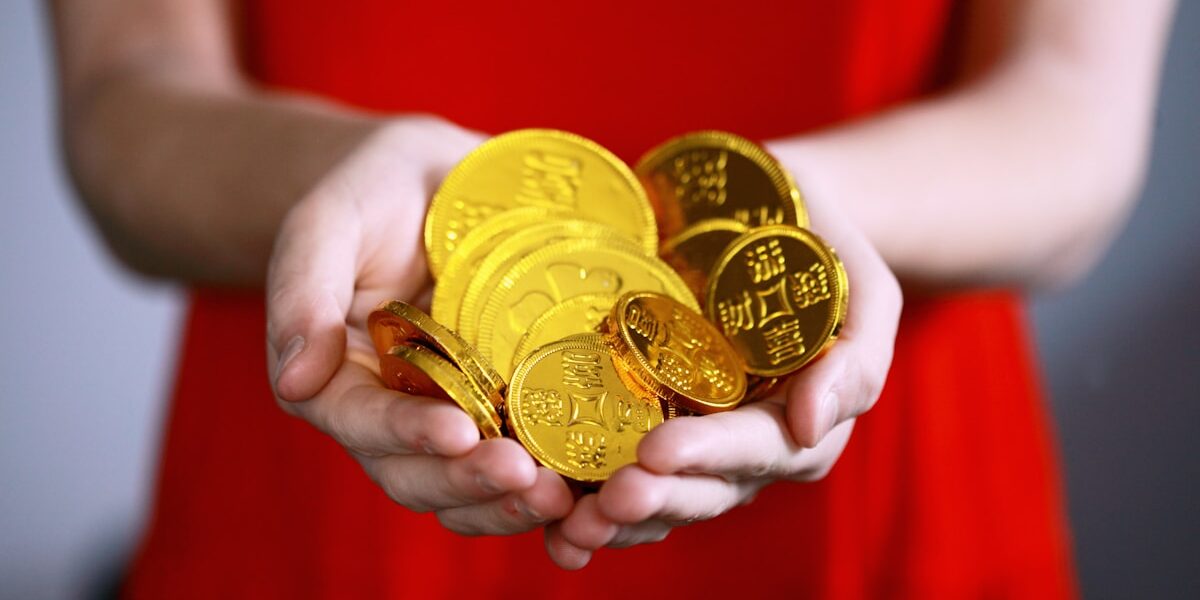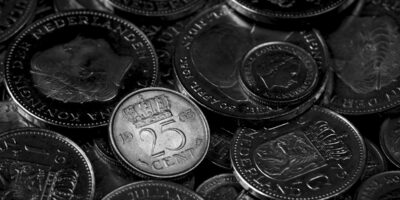Different Kinds of Pennies
The penny, also known as a one-cent coin, has a rich history in the United States. While it might seem like an insignificant denomination, its variations over the years reveal much about the country’s economic and cultural shifts. Let’s delve into the evolution and different types of pennies that have circulated in the U.S.
The First Pennies: The Fugio Cent

America’s first penny was the Fugio Cent, minted in 1787. Benjamin Franklin is often credited with designing this coin. It featured a sundial and the motto Mind Your Business on one side, and thirteen linked rings representing the original colonies on the other. These coins were large and made of copper, resembling British halfpennies and pennies in size.
The Large Cent Era
From 1793 to 1857, the U.S. Mint produced the Large Cent. These coins were hefty and made of nearly pure copper. Several designs were used:
- Flowing Hair Cent (1793): Featured a depiction of Liberty with flowing hair. The reverse had a wreath.
- Liberty Cap Cent (1793–1796): Showed Liberty with a Phrygian cap, a symbol of freedom.
- Draped Bust Cent (1796–1807): A more refined image of Liberty with a draped bust.
- Classic Head Cent (1808–1814): Featured a new design with Liberty wearing a ribbon inscribed LIBERTY.
- Matron Head Cent (1816–1839): Depicted an older, more matronly Liberty.
- Braided Hair Cent (1839–1857): Updated version of Liberty with braided hair.
The Transition to Small Cents
Copper prices rose in the mid-1800s, making large cents costly to produce. The Mint introduced a smaller cent in 1856, the Flying Eagle cent:
- Flying Eagle Cent (1856–1858): Smaller and featured a flying eagle on the obverse and a simple wreath on the reverse.
Indian Head Cents
After the brief run of the Flying Eagle cents, the Indian Head cent was introduced in 1859. This design, crafted by James B. Longacre, depicted Liberty wearing a Native American headdress. It remained in production until 1909:
- Early issues (1859) had a laurel wreath reverse.
- Subsequent issues (1860-1909) featured an oak wreath and shield reverse.
The Lincoln Cent
In 1909, the Lincoln cent was introduced to commemorate the 100th anniversary of Abraham Lincoln’s birth. It marked the first time a U.S. coin featured a historical figure. Designed by Victor David Brenner, it has been in continuous production since:
- Wheat Ears Reverse (1909-1958): Featured two wheat stalks and the motto E Pluribus Unum.
- Memorial Reverse (1959-2008): Introduced to honor Lincoln’s 150th birthday, featuring the Lincoln Memorial.
- Shield Reverse (2010-Present): Displays a shield emblem representing unity.
Rare and Special Pennies
Some pennies hold particular value for collectors due to their rarity or unique features:
- 1909-S VDB Lincoln Cent: Early Lincoln pennies minted in San Francisco with Brenner’s initials are rare and sought after.
- 1943 Copper Pennies: Most pennies that year were made of steel due to wartime copper shortages, making the few copper pennies extremely valuable.
- 1955 Doubled Die Lincoln Cent: A minting error resulted in doubled images on these coins, making them highly prized.
Composition Changes
Pennies have undergone several composition changes over the years. Initially made from nearly pure copper, the cost of this metal prompted changes:
- 1943 Steel Cents: Wartime necessity led to the creation of zinc-coated steel pennies to conserve copper for the war effort.
- 1982 Transition: Rising copper prices again prompted a change. Pennies made before 1982 are mostly copper, while those made after are primarily zinc with a thin copper plating.
The Future of Pennies
There’s ongoing debate about the future of the penny. Critics argue its production is costly relative to its value, while supporters see it as a cultural staple. Legislative efforts to retire the penny have been proposed but haven’t succeeded yet. For now, the penny remains a small but significant part of American currency.
“`




Subscribe for Updates
Get the latest articles delivered to your inbox.
We respect your privacy. Unsubscribe anytime.